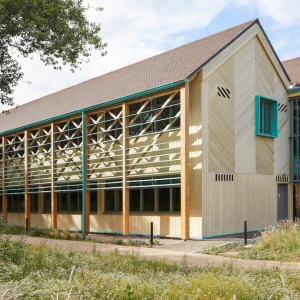Once the largest stadium in the world, the renovated stadium has been designed to accommodate 79,000 spectators.
Designed by architects Rafael Galvão, Pedro Paulo Bernardes Bastos, Orlando Azevedo and Antônio Dias Carneiro, the stadium was originally built for 1950 World Cup.
Featuring imposing elliptical framework which is almost circular, the stadium is characterized by two large rings of tiers laid down around the entire playing field.
Providing functionality and security, two large external flights connect the upper tiers of the stadium with the surrounding park by guaranteeing a fast evacuation of the stadium.
Measuring maximum height of 24 meters (78 feet), the stadium features the facades, which are characterized by a solid and reinforced concrete structure that contains 60 big pillars in ‘Y’ shape. These pillars follow the stadium’s elliptical perimeter and heighten to sustain the supporting beams.
The stadium will host the 2014 World Cup football final, apart from the opening and closing ceremonies of the 2016 Olympics.
The renovated stadium opened its doors to the spectators in 27 April 2013.





